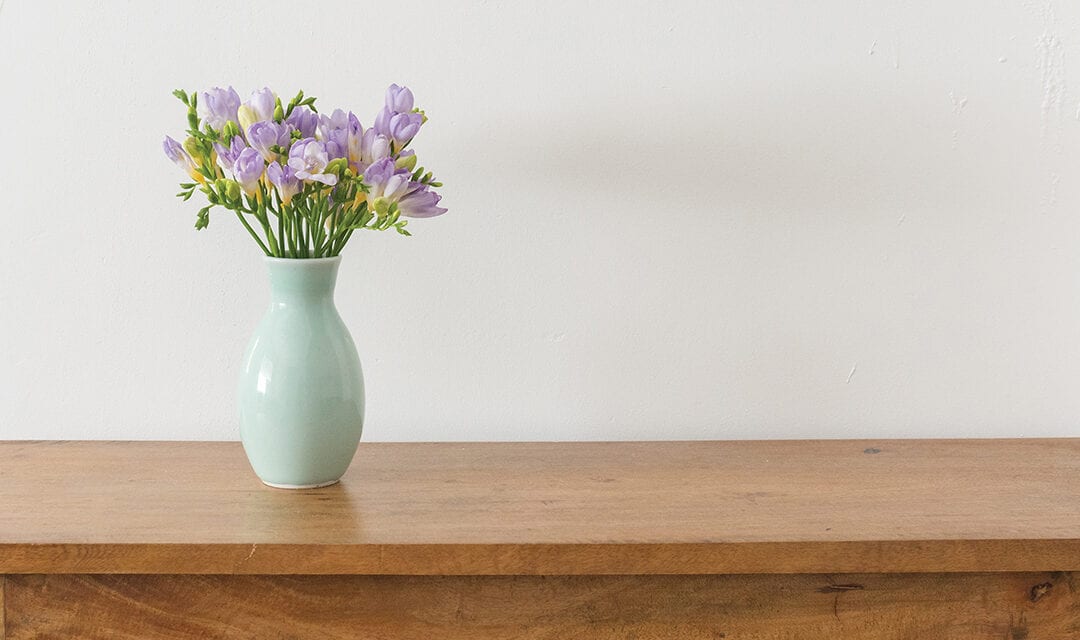An in-law-suite is a private living area within a home or property, designed as a separate living space to provide comfort and privacy for the occupant. These dwellings vary widely depending on the needs of the resident, but they typically include at least one bedroom and bathroom.
If you’re considering creating an in-law suite, here are 5 things to consider before you start building.

Check Your Local Building Codes
Local building codes and zoning rules could determine which features you can or must add in an addition. For instance, you may be required to obtain separate permits or there may be restrictions that prohibit creating a “rentable property.” You could also be required to create separate entrances, provide off-street parking or separate utilities.

Find the Right Spot for Your In-Law Suite
As with anything in real estate, location is key. Not only do you want to locate an underutilized space in your home for a renovation or addition, you’ll want to consider the most cost-effective, accessible or private location for your
in-law suite.

Separate the Suite’s Utilities From Your Main Home
Whether required by building codes or not, separating your in-law suite’s utilities from the main house will allow you maximum flexibility. In the future, this will allow you to switch them off if the space ever goes unoccupied for a long stretch of time, or if you end up renting the space out to another occupant down the line, you can easily split the bills.

Consider Your Parent’s Current and Future Needs
As our parents age, their needs change. Be proactive and make sure their new space is ready to age with them. This can include keeping all of the rooms on a single floor, eliminating stairs, installing pull-out drawers, grab bars and other appropriate amenities. Also consider any special needs, such as wheelchair accessibility and mobility.

Find a Qualified Builder
By working with professionals who are members of the Home Builders Association of Central Missouri, you ensure a level of quality for your project that is unmatched. Ask your builder and designer for references and check out their previous projects.

